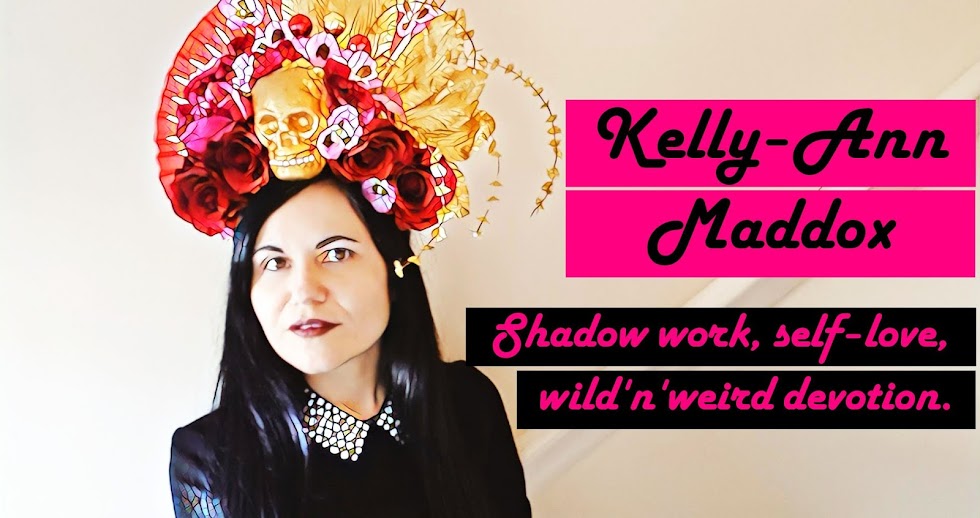Firstly, use the empty chair technique to hold a discussion with someone you're in conflict with. Afterwards, write down your feelings and observations. Did you accurately put across your emotions? Did you reach a consensus? Do you think you could now go on to hold the discussion for real? Now open up your Tarot deck and draw cards to place on the empty chair. Don't turn them face up yet, just leave them there while you draw cards for yourself and consider how their meanings might tie in with your position and perspective. Then, when you've interpreted your cards, turn over the cards that have been drawn to represent the other person and see if the results help you to glean any further understanding or a different way of looking at things.
Next, ask the absent person in the empty chair some questions and draw cards to represent the possible answers. What kind of emotional reaction do the cards generate?
Reading on behalf of an absent party is obviously not helpful if the cards are used to pass judgement, but it can be of use when trying to determine how best to move forward. If you're angry with the other person, try to use card draws to generate empathy and understanding. For example, if the other person is failing to respond to your communications or has expressed anger towards you, draw cards to help you see the deeper reasons for their feelings or behaviours. Can you see your way towards empathising with their position? What could you have done differently in order to prevent bad feeling?
Ask the cards how the absent party views the conflict, as well as how they view the background of the relationship between you both and the good and bad elements of it. Remember, the cards will never fill in all the blanks and the only way to gain clarity regarding what another person thinks is to ask. However, Tarot is hugely helpful if your thinking has become narrow or you're unable to see how a breakdown in communication could have happened. When we open up a painful or tense discussion with someone in the heat of the moment, we risk being misinterpreted or saying things we don't actually mean. Using the Empty Chair Technique in conjunction with the messages Tarot offers could be a great way of thinking before acting.
